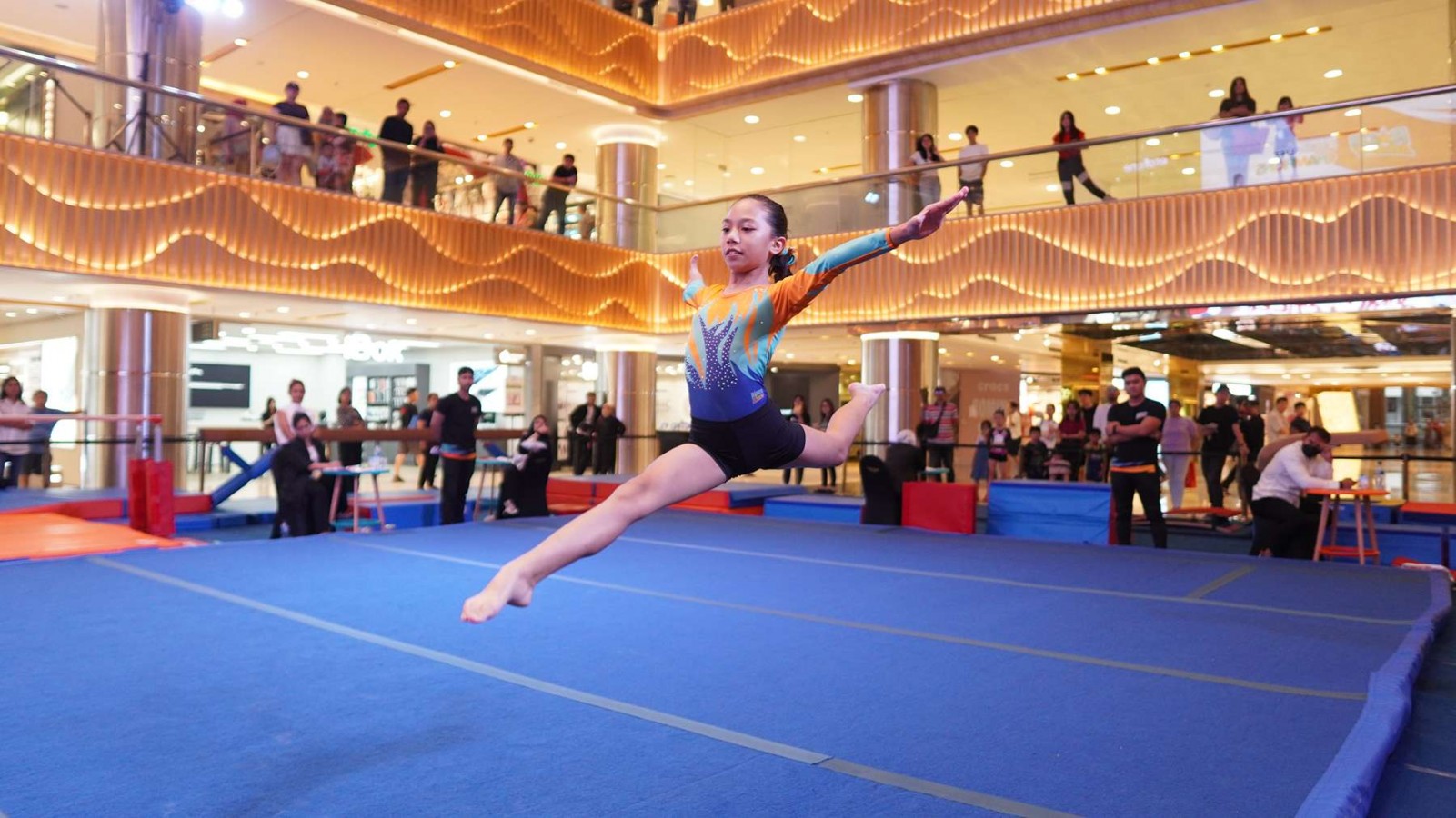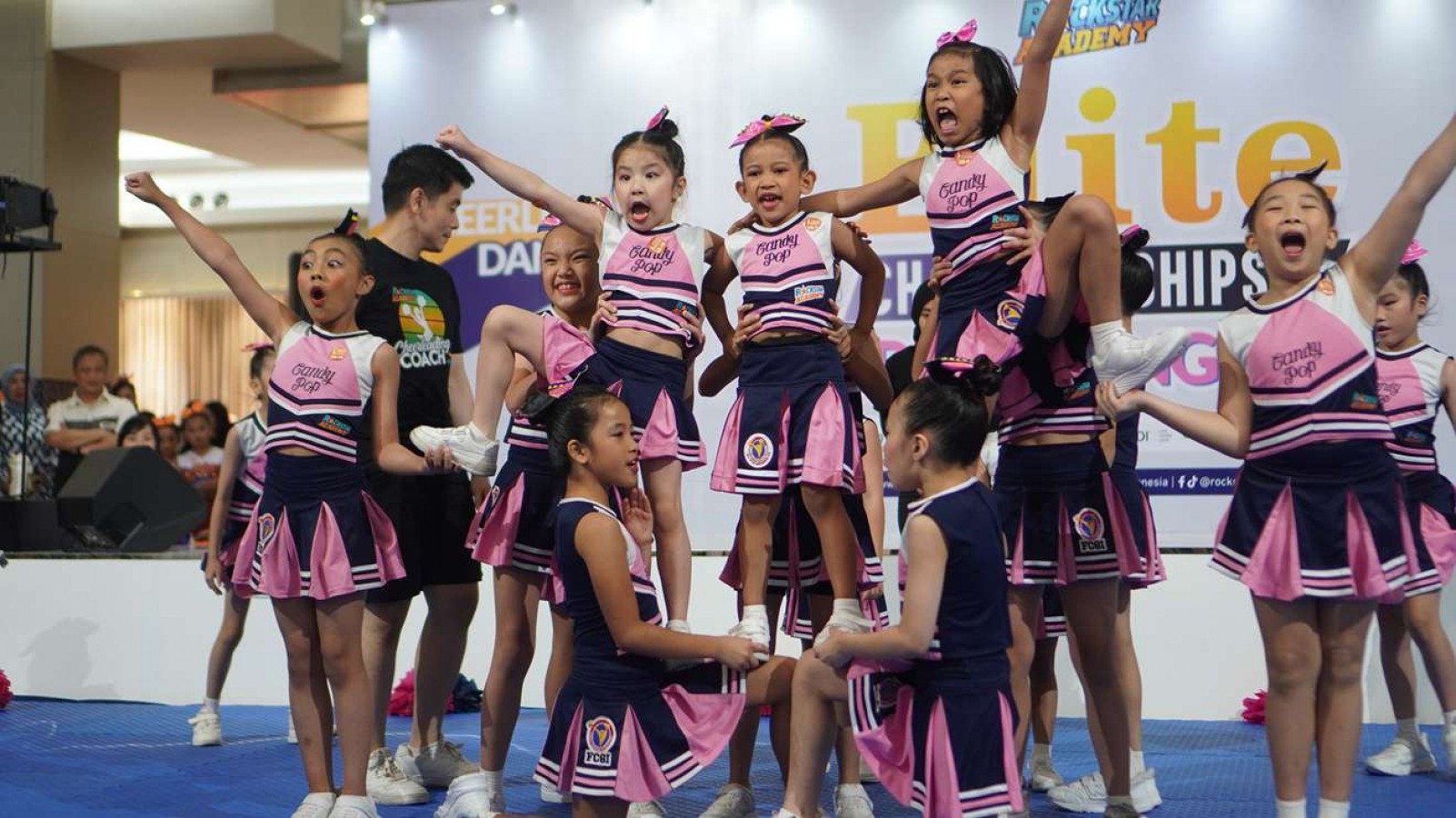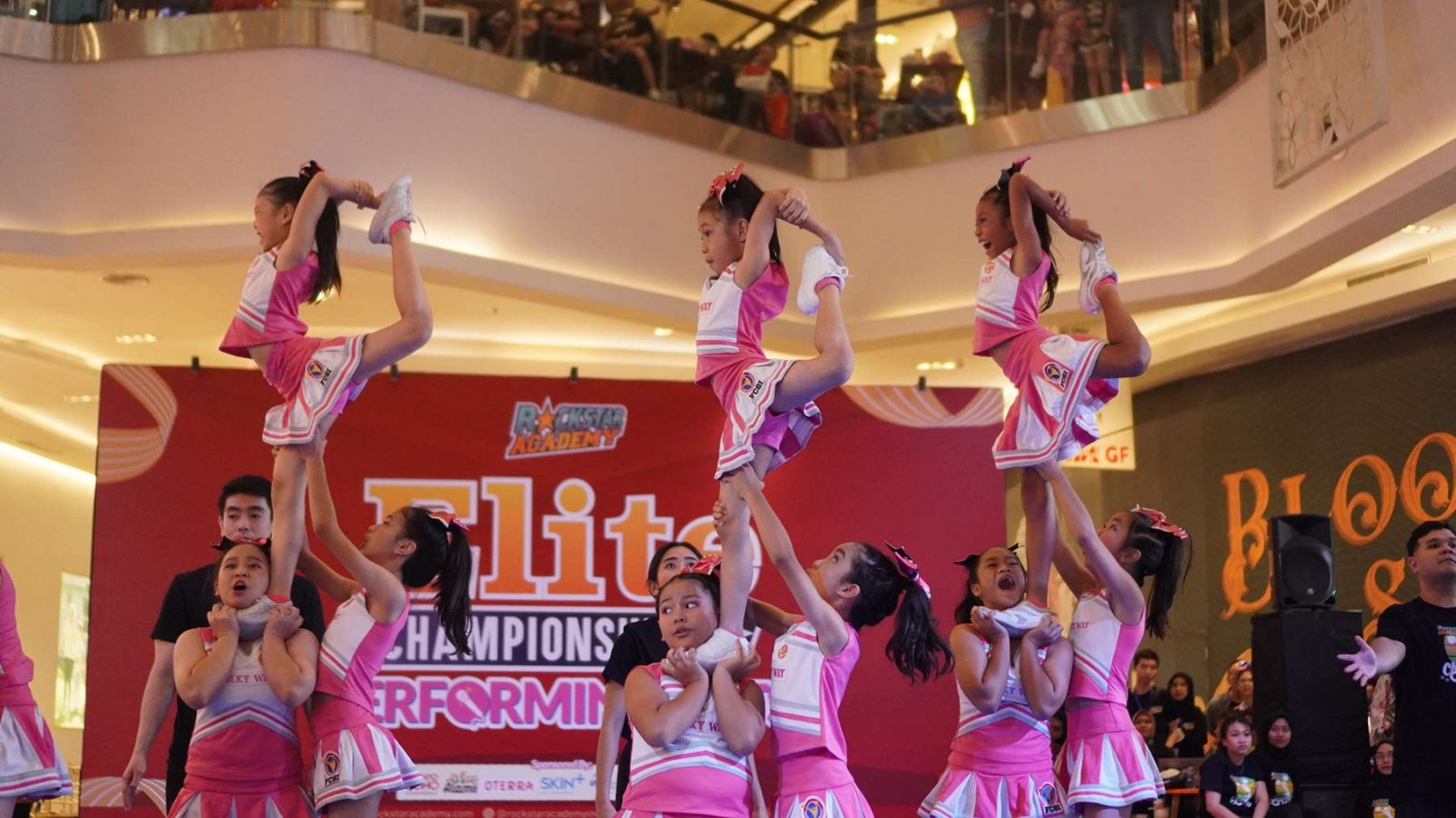Gymnastics Splits Techniques, Training, and Tips for Success

The gymnastics splits are one of the key flexibility moves every gymnast works hard to master. If you’re just starting out or trying to perfect your form, learning the splits takes time, practice, and the right techniques.
In this guide, we’ll dive into what a split actually is, the different types of splits in gymnastics, how to do gymnastics splits safely, split progressions you can follow, and tips to help you improve faster. Let’s get stretching!
What is a Split in Gymnastics?
A split is a stretch where the legs are extended in opposite directions, usually with one leg in front and the other behind, while the body stays upright. It requires flexibility in the hips, hamstrings, and groin muscles.
Achieving a perfect split in gymnastics shows excellent flexibility and strength, which is crucial for many gymnastic movements and routines.
Types of Splits in Gymnastics
In gymnastics, there are a few different types of splits that gymnasts work hard to master. Each one shows off flexibility in a different way and is super important for different skills and routines. Let’s break them down:
A. Right Split
In a right split, your right leg is stretched out in front of you, with your right knee pointing up toward the ceiling. Your left leg goes straight behind you, and your left knee should gently touch the floor.
Keep your chest lifted, your shoulders pressed down, and make sure your hips are square (facing forward). Good posture is key!
B. Left Split
A left split is just the opposite! Your left leg stretches out in front, with your left knee facing up, and your right leg extends behind you with your right knee touching the floor.
Just like the right split, sit tall with your chest up, shoulders down, and hips facing forward.
C. Middle Split (Center Split)
In a middle split, also called a center split, both of your legs stretch out to the sides. Sometimes you might lie with your stomach on the ground for a deep stretch, and sometimes you stay sitting upright.
Either way, the goal is to open your legs wide and keep your hips as flat to the floor as possible.
How to Do Gymnastics Splits
Learning to do gymnastics splits takes patience and practice, but with the right approach, you can gradually achieve your goal. Here’s a simple guide on how to do it:
1. Start on Both of Your Knees in a Kneeling Position
Begin by kneeling on the floor with both knees bent. This position helps you get comfortable and prepares your body for the stretch.
2. Bring One Leg Out in Front in a Low Lunge Position
Take the leg you feel most comfortable with (your "good leg") and extend it out in front of you. Your other leg should stay on the floor behind you, bent at a 90-degree angle. This is called a low lunge position.
3. Put Your Hands on the Floor
Place your hands on the floor, one on each side of your front leg, to help balance and support yourself as you move deeper into the split.
4. Slide Down into Your Split
Slowly and gently slide your hips towards the floor. Go as far as you can without feeling pain. The goal is to increase your flexibility over time, so don’t force yourself into a deeper split right away!
5. Hold Your Split
Once you're in your split, hold the position. Beginners should hold for about 10 seconds, while intermediate gymnasts can hold for 30 seconds. Advanced gymnasts can aim for up to 60 seconds. This helps improve flexibility and strength in the muscles.
Split Progressions
To achieve a perfect gymnastics split, it’s essential to work through different progressions. These gradual steps help you safely increase your flexibility and ensure you’re not overstraining your muscles. Let’s take a look at the different split progressions:
A. Half Split
Start by doing a half split where you slide your front leg out just enough until you feel a gentle stretch. This is great for beginners to build flexibility safely without overdoing it.
B. 3/4 Split
As you get more flexible and confident, aim for a 3/4 split. This means you're closer to the floor, but not all the way down yet. It helps your muscles adjust slowly and safely.
C. Full Split
Finally, work towards a full split! In a full split, both your front and back legs are completely flat on the floor. Your hips should stay square (facing forward), and your chest lifted.
How to Improve Your Gymnastics Splits
To improve your gymnastics splits, consistency and the right techniques are key. The more you work on flexibility, the more progress you'll see. Below are some effective methods to help you improve your splits and stretch your limits in a safe way:
1. Active Flexibility
Active flexibility exercises are excellent for improving your range of motion. These exercises strengthen your muscles while also stretching them. For example, try kicks forward, sideways, and backwards to engage your legs and build flexibility.
Start with 10 repetitions in each direction, gradually increasing as you get more comfortable.
2. Static Flexibility
Static flexibility involves holding a stretch for a period of time, which helps improve your flexibility over time.
Holding your splits (whether half, 3/4, or full) for extended periods will help deepen your stretch and get you closer to mastering the perfect split.
Begin with 10-15 seconds, then work your way up to 30 seconds or more as you progress.
3. Self Massage/Foam Rolling
Foam rolling and self-massage can help relieve muscle tightness, making it easier to stretch deeper.
Studies show that using a foam roller on your hamstrings, quads, and calves can increase flexibility when done regularly (daily for about two weeks).
Consider investing in a foam roller to support your stretch routine and increase mobility.
4. Staying Hydrated
Believe it or not, staying hydrated can impact your flexibility. When you drink enough water, your muscles stay relaxed, which improves your range of motion.
Make sure you're drinking plenty of water throughout the day to support your body in achieving better flexibility.
Ready To Stretch Your Way To Success?
Learning gymnastics splits takes time, patience, and the right technique but with consistent practice and smart training, you’ll see amazing progress. Remember to listen to your body, follow the split progressions we shared, and focus on good form over rushing the process.
Keep practicing, stay positive, and you'll be sliding into your perfect splits in no time. If you're ready to take your gymnastics skills to the next level, Rockstar Academy is the perfect place to start!
Our gymnastics program offers top-notch training on the gymnastics floor routine, guided by experienced instructors who are dedicated to helping you succeed.
If you are aiming for Gymnastics Testing, our Sports & Performing Arts Academy provides a safe and supportive environment to grow your abilities. You can also participate in our events and competitions like RockOlympics and Elite Championships to fully maximize your potential to compete.
Best of all, you can experience everything we offer including the opportunity to join the Dream Team where it is open to boys and girls. This program offers 180 minutes of high-intensity training led by experienced, professional instructors.
Feel free to join our free trial of our gymnastics program to experience it firsthand before enrolling. Don’t miss this opportunity to explore our exciting classes, improve your skills, and see firsthand why Rockstar Academy is one of the best in the industry!
FAQ
What are the splits in gymnastics?
Splits in gymnastics refer to a flexibility move where a gymnast extends their legs in opposite directions, typically front-to-back or side-to-side, to achieve a full stretch.
What is the hardest split in gymnastics?
The hardest split in gymnastics is often considered the middle split (center split), as it requires significant flexibility in the hips, hamstrings, and groin muscles.



